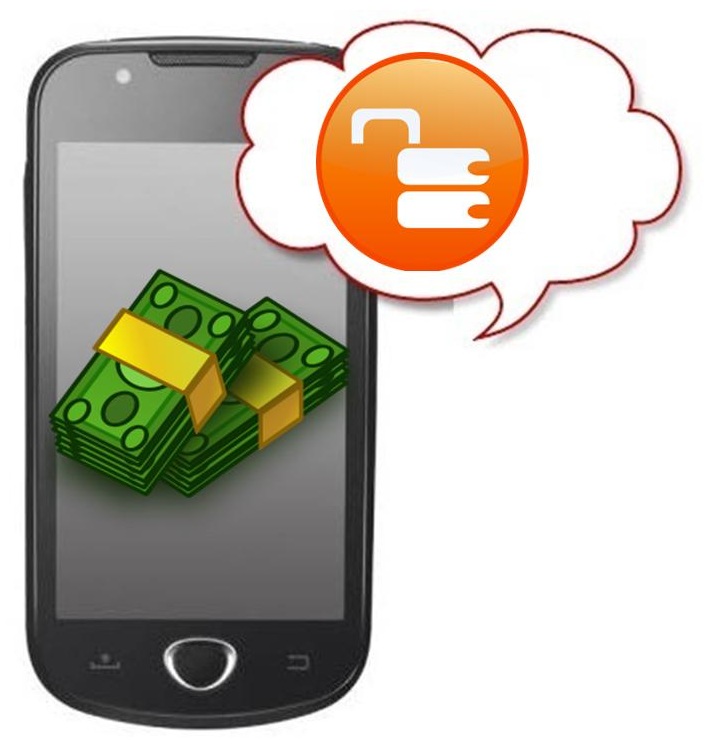At the same time that consumers are being warned about their privacy over smartphones, those devices could also help.
A mobile technology trend involving the use of smartphones and tablets to help to improve local security among residents of a neighborhood and in tracking, through the combination of smartphones and social media apps.
These tools are becoming an increasing part of various types of community policing program.
The key is that smartphones are owned by the majority of adults, and among the owners of that mobile technology, most use social media apps. Moreover, they spend a great deal of time on those applications and they access them on a regular basis. This, as a result, is providing a useful tool in the help to fight crime. A new trend has started with private security companies as well as with the Community Policing Forum (CPF), where this tech and these mobile apps are combined in order to be able to raise awareness of issues and to alert residents when a problem may be present.
A growing number of specific instances of the use of mobile technology for crime fighting and safety has been occurring.
 One example, among many, occurred on New Year’s Day, in Glenvista, South Africa. Just before opening at 8am, the Glenvista Shopping Centre Checkers store was robbed. This involved a situation in which an estimated seven suspects had stolen an undisclosed amount of money from the cash office. In this case, the robbery was discussed on the CPF Facebook page, where there were a number of important leads and connections made that brought about several advancements toward solving this crime. The good relationship between the CPF and the police has continued since then and they work closely.
One example, among many, occurred on New Year’s Day, in Glenvista, South Africa. Just before opening at 8am, the Glenvista Shopping Centre Checkers store was robbed. This involved a situation in which an estimated seven suspects had stolen an undisclosed amount of money from the cash office. In this case, the robbery was discussed on the CPF Facebook page, where there were a number of important leads and connections made that brought about several advancements toward solving this crime. The good relationship between the CPF and the police has continued since then and they work closely.
Other CPFs within the community are also using mobile apps to be able to help in battling crime. Community Watch is one of the apps that is being used the most widely, as it brings together an instant messaging service with a direct connection to CPFs, private security companies, and even the police.
These are only a couple of examples of the important role that mobile technology is starting to play in the safety of individuals and entirely communities in South Africa, as regular everyday people and law enforcement officials work together to improve their own security using smartphones and apps.
Consumers continue to worry about the safety of using various types of smartphone based wallet and transactions.
According to the results of a recent One Poll survey, only 1 percent of device users actually feel that using a third party mobile payments provider provides them with adequate security to keep their data safe when making a purchase in-store.
The survey involved the participation of 2,011 people throughout the United States and United Kingdom.
The research was conducted by One Poll, but it was commissioned by a company called Tripwire, which provides security and compliance solutions. It found that only about 1 in every 100 people feel that mobile payments, such as those provided by Google Wallet and Apple Pay – among others – are adequately secure to keep their sensitive data safe. In the United Kingdom, 53 percent of respondents felt that using a credit cards was the safest way to make a purchase online. Conversely, only 37 percent of American consumers felt the same way.
Consumers continue to be concerned about using mobile payments, particularly when even large corporations experience security breaches.
 In the United States, 26 percent of consumers felt that using an internet connection that is wired is more secure for processing online payments transactions than using a wireless one.
In the United States, 26 percent of consumers felt that using an internet connection that is wired is more secure for processing online payments transactions than using a wireless one.
According to the Tripwire director of IT security and risk strategy, Tim Erlin, “Consumers are understandably concerned about payment card security after a long swath of breaches. Mobile wallet providers aren’t immune to that sentiment, and it certainly doesn’t seem to be going away.” He also added that it could be possible for those providers to succeed within this market by placing a more central focus on security within their marketing. Erlin feels that consumers are ready to use the smartphone payments technology if they are given a message that will allow them to feel more confident about the security of that tech.
The research also determined that the “lock icon” is an indication that online transactions will be processed security, among 62 percent of the survey participants. Moreover, 47 percent of the consumers from the United States checked the URL to see if SSL is being used by the page. Only 15 percent of the respondents from the United Kingdom did the same thing.
The study suggests that to overcome a major barrier to the adoption of mobile payments, consumers will need to be reassured that their data will be processed much more securely than they feel is currently occurring.
 One example, among many, occurred on New Year’s Day, in Glenvista, South Africa. Just before opening at 8am, the Glenvista Shopping Centre Checkers store was robbed. This involved a situation in which an estimated seven suspects had stolen an undisclosed amount of money from the cash office. In this case, the robbery was discussed on the CPF Facebook page, where there were a number of important leads and connections made that brought about several advancements toward solving this crime. The good relationship between the CPF and the police has continued since then and they work closely.
One example, among many, occurred on New Year’s Day, in Glenvista, South Africa. Just before opening at 8am, the Glenvista Shopping Centre Checkers store was robbed. This involved a situation in which an estimated seven suspects had stolen an undisclosed amount of money from the cash office. In this case, the robbery was discussed on the CPF Facebook page, where there were a number of important leads and connections made that brought about several advancements toward solving this crime. The good relationship between the CPF and the police has continued since then and they work closely.
 In the United States, 26 percent of consumers felt that using an internet connection that is wired is more secure for processing online payments transactions than using a wireless one.
In the United States, 26 percent of consumers felt that using an internet connection that is wired is more secure for processing online payments transactions than using a wireless one.